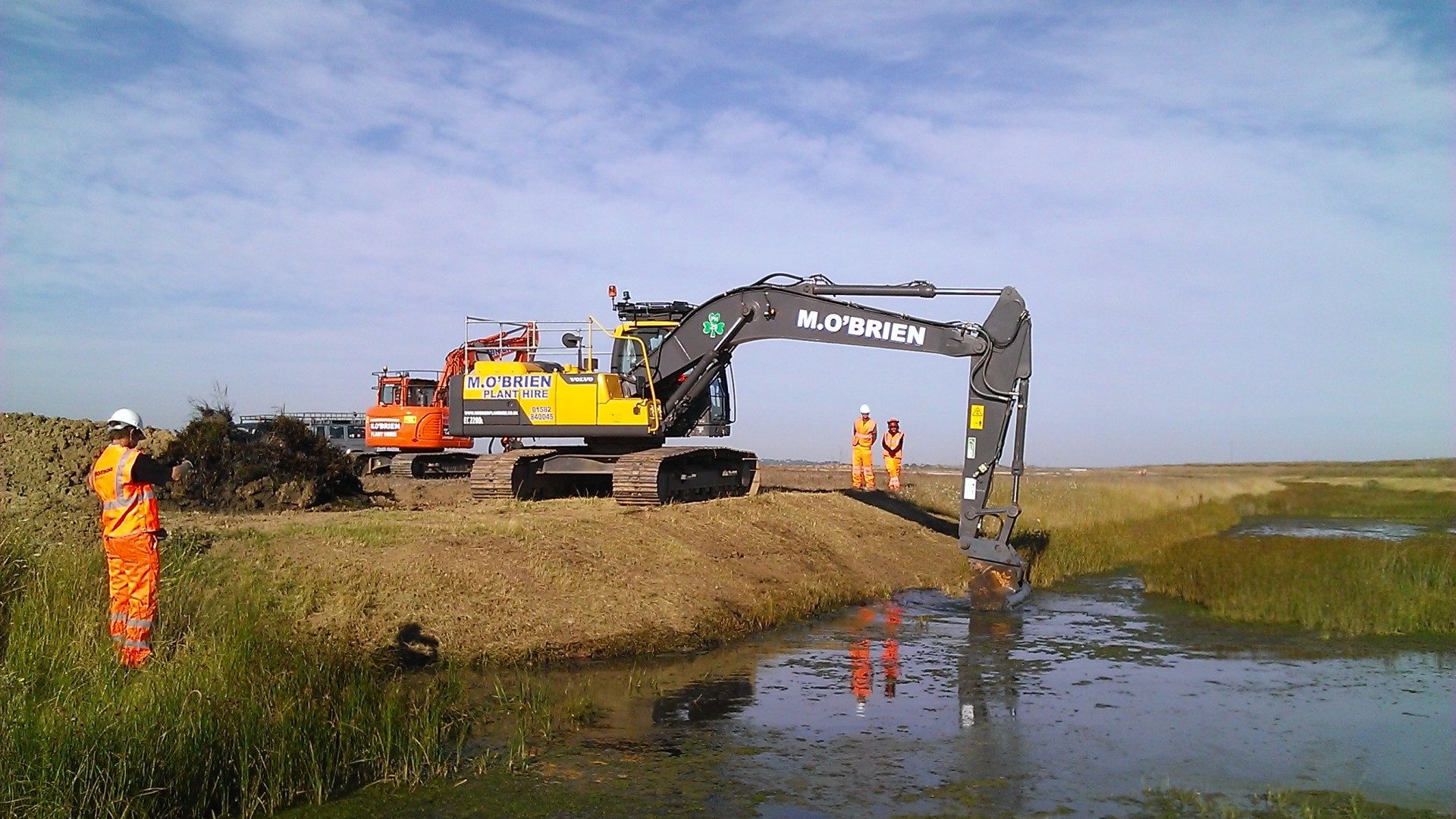Watching briefs are an integral aspect of ecology site work and should be planned for in advance to ensure that ecologists with the necessary competencies will be available. For example, an ecologist with a great crested newt licence, or a bat licence, may be needed.
Watching briefs are used in the following situations
- Where the public could be at immediate risk
- When a full Natural England site-specific licence is not appropriate, for instance, due to the limited impacts of the works
- When working under Natural England licences for mitigation purposes
- To appraise a site before works take place – especially for short term non-intrusive works
Watching briefs should always be adaptable
The approach should be adaptable as there may be unexpected design changes at the last minute.
A recent project on a site which had a high density of great crested newts highlighted the need for adaptability. The approach to vegetation clearance was amended to ensure the conditions of the licence could be met through a two cut approach with multiple “fingertip” searches (a term used for a thorough check of any areas before works commence).
The two-cut approach was necessary as the initial cut was limited by site conditions. In fact the two-cut approach increased the speed of the process as the first quick top cut allowed greater access to the ground, and later, the removal of less material. Therefore, the ecologist used his knowledge on arrival to assess the sward height, the sward structure, nearby habitats and the recent weather conditions to decide which adaptations to make. This ensured the client’s outcomes were achieved on time and great crested newts were safeguarded.











